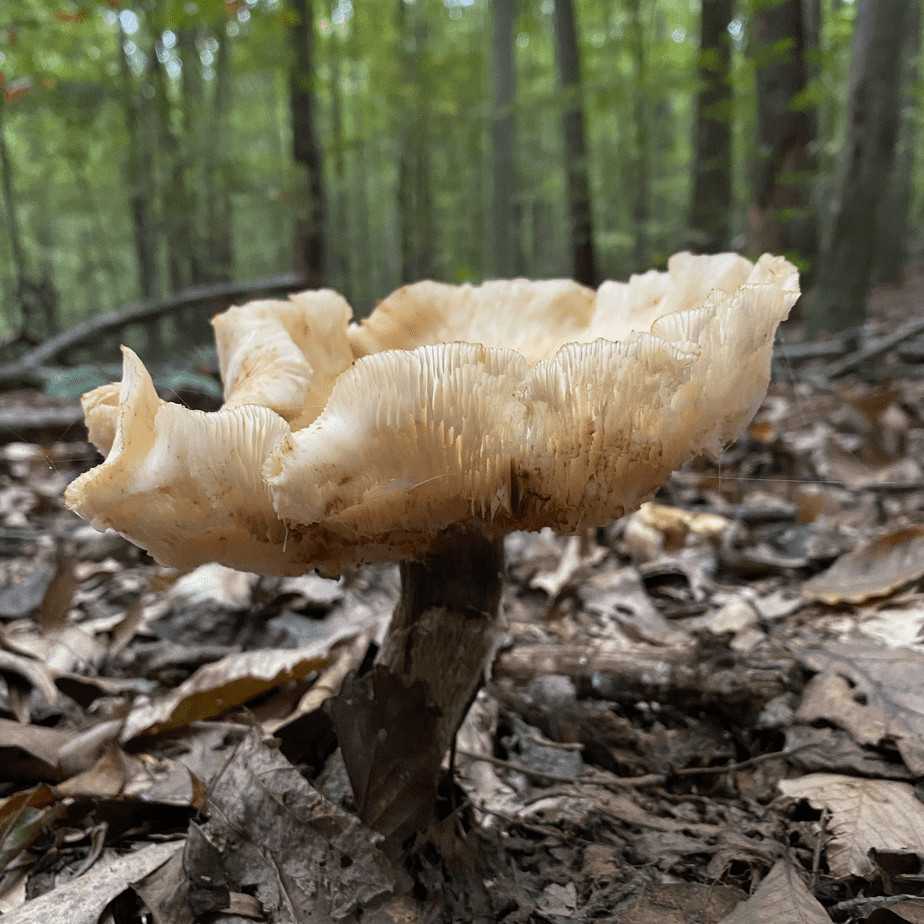Fall is usually the time for fungi to emerge. Mushrooms are one type of fungi. Identifying mushrooms is not easy, and it should only be done by experts. Many mushrooms are deadly. Others can cause significant illness. Never eat a mushroom unless you are an expert at identifying fungi. Read below to find out why identifying this type of fungi is so difficult.
How are Mushrooms Identified?
Listed below are the characteristics used to identify these fungi.
- Caps – First the cap or sometimes called the hat, is as you might expect. It is the top of the mushroom. This seems simple, however caps can change color, texture, and shape with age and moisture. As a result, they are like a moving target.
- Gills and Pores/Tubes – These are the underside of the cap. There are six standard types of gill attachments. Unfortunately, the attachment isn’t the only identifying characteristic of the gills. The width, thickness, color, and density are all important. Also, gill patterns can also be branched. Sometimes these characteristics are only visible with a microscope.
- Spore Powder – Each mushroom’s spore powder is a specific color.
- Foot – The mushroom foot is where the cap originally attached to the stem. There are all sorts of variations.
- Flesh – The flesh is the meat of the mushroom cap. Some are brittle, some are gooey, some change color when exposed to air. The texture is also important.
- Scent – Some mushrooms smell a certain way. This can change with changing weather exposure.
- Taste – I’m not sure why this is even a category. Why would someone taste a mushroom if they cannot already identify it?
- Habitat – Finally, the habitat or location provide insight into some species. Certain mushroom grow on specific trees or their roots. Of course, you must be able to identify trees accurately.
If you want to try to identify mushrooms for fun these resources are helpful.
First, American mushroom has a great page showing just a few of the many characteristic variations. Click HERE to view it.
Second Mushroom World is a great resource.
Finally here is a guide from the US Department of Agriculture.


